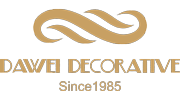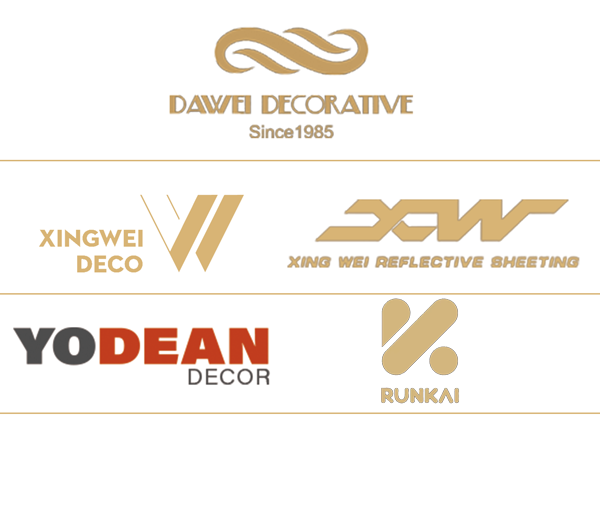Edgebanding is a process that involves applying a narrow strip of material around the edges of a piece of trim. This process provides aesthetically pleasing and durable trim edges. It is often used on trim made of drywall or wood. However, the process can be expensive. For this reason, some people choose not to use edge banding.
Edgebanding
Edgebanding is a process that involves using a narrow strip at the edge of trim pieces to ensure that the edges are strong and durable. By using this technique, you can improve the look of your trim edges and give them more durability and appeal. Edgebanding is often used for doors and trims in commercial and residential settings. It is a simple process that will improve the overall look of your home. It is also an economical option for creating durable and aesthetically pleasing edges on your trim pieces.
Edgebanding comes in self-stick and adhesive varieties. The self-stick variety can be applied by peeling away the paper backing and applying pressure to the panel edges. The adhesive-backed variety can also be applied by using a clothes iron on a low setting. Be sure to protect your iron by covering it with aluminum foil before using it. Another method is to use contact cement, which will stick to the edge banding with a roller.
Advantages
Edgebanding is an efficient way to add aesthetic appeal to flooring. This process has many advantages, including the elimination of glue and a more seamless look. The adhesive is also more flexible, which reduces the risk of peeling and cracking. However, the cost of zero-joint edgebanding is higher than that of glue-based edgebanding.
In a short time, edgebanding technology has advanced. Today, there are machines with higher production capacities. This means that manufacturers can offer a wider variety of products. With a more diverse range of edgebanding products, customers can choose the right type for their needs. The process can also be automated, which means that it is more convenient and cost-efficient than ever before.
Edgebanding is a great way to make retail surfaces look more like premium materials. For example, it can transform a simple MFC counter into a luxurious wood display or a sleek service area. Moreover, it is extremely durable, protecting display units and shelving from damage and water ingress. Edgebanding is also a safety feature, reducing the risk of grazes and injuries among customers.
Methods
There are several different methods of edgebanding. Some methods are automated and some are manual. Among these are laser edgebanding and hot-melt laser edgebanding. In either case, the process is similar. Some edgebanders also use a hot-air gun for removing excess material.
A zero-joint edgebanding method eliminates glue lines and provides a monolithic look. Other methods leave visible glue joints which collect dirt and bacteria and can become discolored over time. They can even become yellowed due to exposure to UV rays. This can affect the quality of the edgebanding job. A zero-joint edgebanding method is also easy to clean and is best for non-PVC applications.
A wood panel can be edge-banded in many different ways. One option is to apply a single strip of edging around a panel of plywood. Another option is to use a bander. These industrial-grade machines can apply edging tape along edges.
Cost
Edge banding is a process of applying a thin strip of edging around the edges of wood panels. There are several different types of edge banding, including adhesive, metal, and plastic. The art of edge banding dates back centuries. Even the ancient Egyptians used the process. Some of these techniques are patented.
Depending on the cost and type of edgebanding, a producer may choose to use the least expensive edgebanding or the most expensive. The cost of the former would be about 1% of the total cost, while the latter would cost 1.5%. In the short and long run, it makes sense to use the cheapest edgebanding material. However, a high-quality product and good machinery will give a producer a competitive advantage.
While there are many different types of edgebanding, the most common is veneer. This type is made from thin slices of wood that have been pre-sanded and layered. It is available in either finished or unfinished versions, and is typically used to give boards a solid look.
Applications
Various materials can be used for edgebanding. Some of these materials include wood, polyvinyl chloride, and acrylics. They can also be laminates of different materials. Choosing the right material will depend on the specific application.



Leave a Reply
Want to join the discussion?Feel free to contribute!